Spain established one of the earliest and largest European colonial empires. With Portugal dominating its newly discovered route around Africa to Asia, Spain sent Christopher Columbus to discover a shorter route via the Atlantic. Instead, they found the Americas and colonized most of it. How many Spanish colonies can you list from memory? Some of them might surprise you.
1. Argentina (1580-1816)

As in most of Latin America, soccer is the most popular sport in Argentina.
©SidorovStock/iStock via Getty Images
Argentina was one of Spain’s largest and most important colonies in South America. With a temperate climate, mineral resources, and vast plains suitable for agriculture, it became a popular destination for immigration not only from Spain but from the rest of Europe.
2. Bolivia (1538-1824)
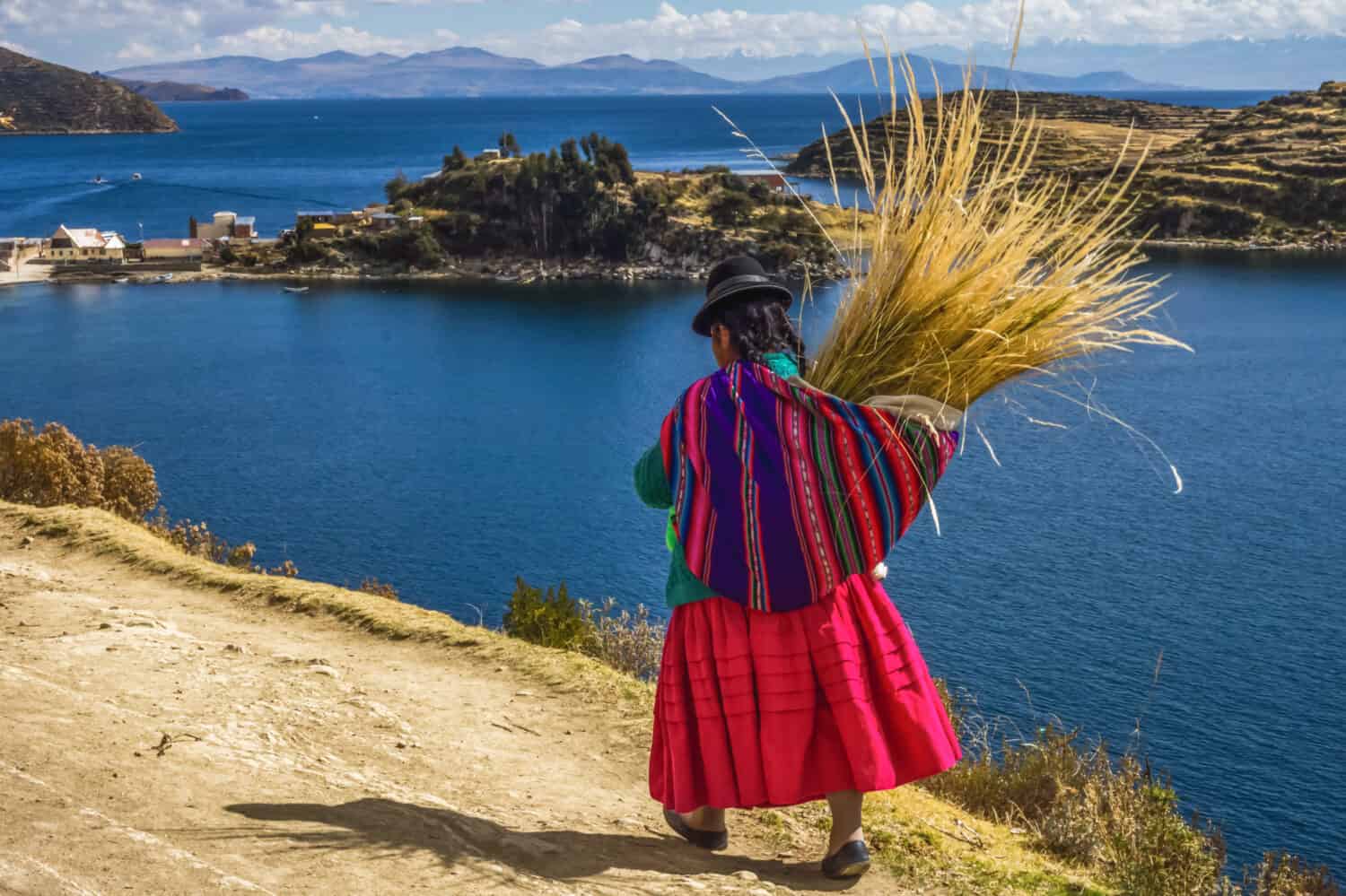
The lives of indigenous people in Bolivia are little changed from what they were centuries ago.
©NiarKrad/Shutterstock.com
Bolivia is located on a high Andean plateau near the center of South America. Today it is a landlocked country but wasn’t always so. The War of the Pacific concluded in 1879, with Chile taking Bolivia’s only access to the Pacific Ocean.
3. Chile (1540-1818)
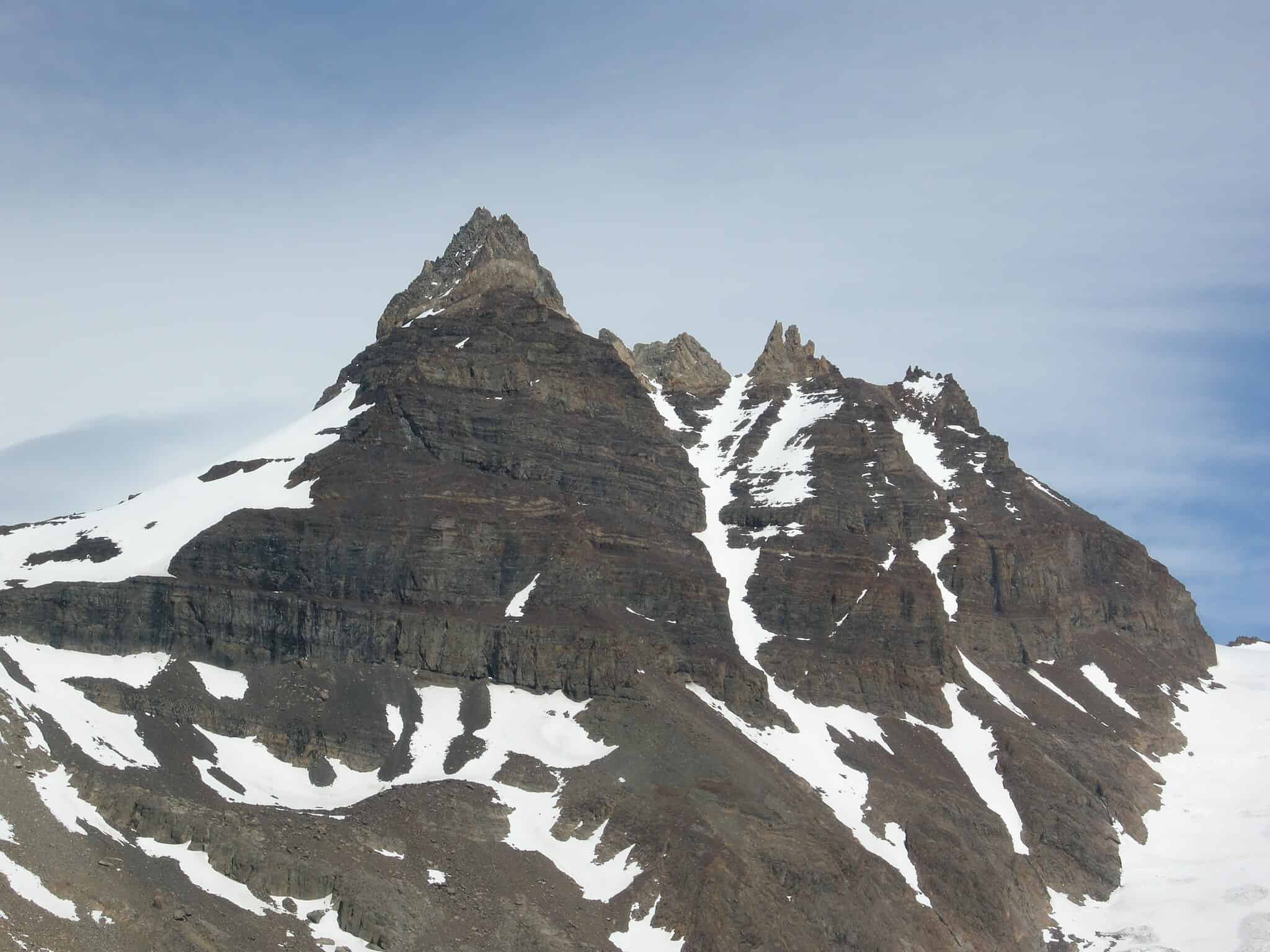
The peaks of the Andes form the immense border between Chile and Argentina.
©Gagea/CC BY-SA 3.0 - License
Chile stretches over 2,600 miles north to south and averages just 100 miles across. It is hemmed in by the Pacific Ocean on one side and the soaring peaks of the Andes Mountains on the other. Neither Chile nor its neighbor Argentina have been interested in fighting over this formidable barrier.
4. Colombia (1525-1808)

Colombia is the only South American country with both Pacific and Atlantic coasts.
©sunsinger/Shutterstock.com
For over 275 years Colombia was a part of the Spanish empire. It achieved independence as part of the state of Gran Colombia. Today, the country is dealing with an unusual problem: 100 invasive hippos that escaped from a drug dealer’s zoo and are multiplying invasively in the wild.
5. Costa Rica (1524-1821)
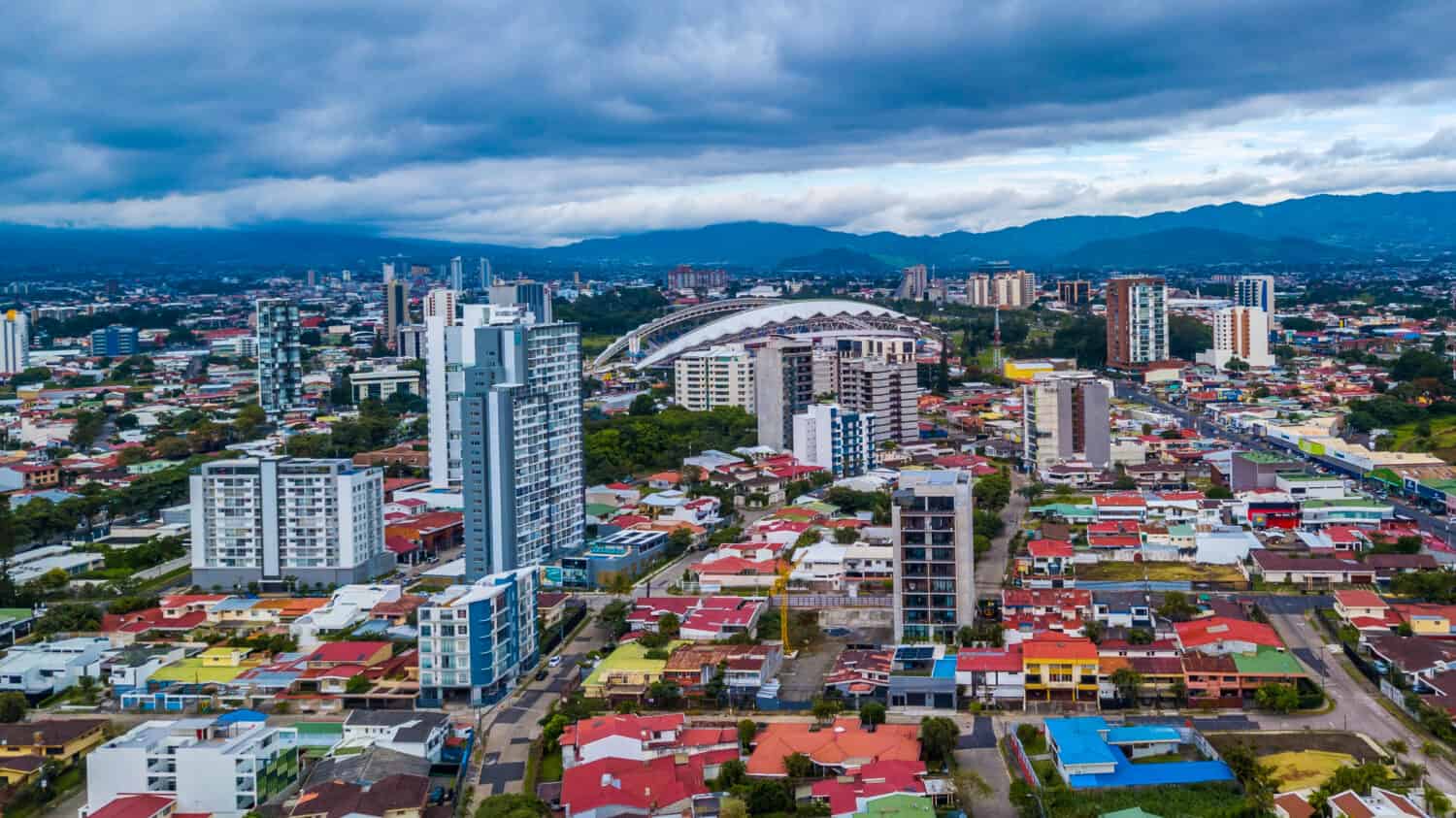
A peaceful, neutral country, Costa Rica has been called “the Switzerland of Latin America.”
©Gianfranco Vivi/Shutterstock.com
Costa Rica was formerly part of a Central American confederation. One of its distinctions today is that it maintains no army. It is a popular destination for tourists and foreign distance workers and retirees.
6. Cuba (1492-1898)
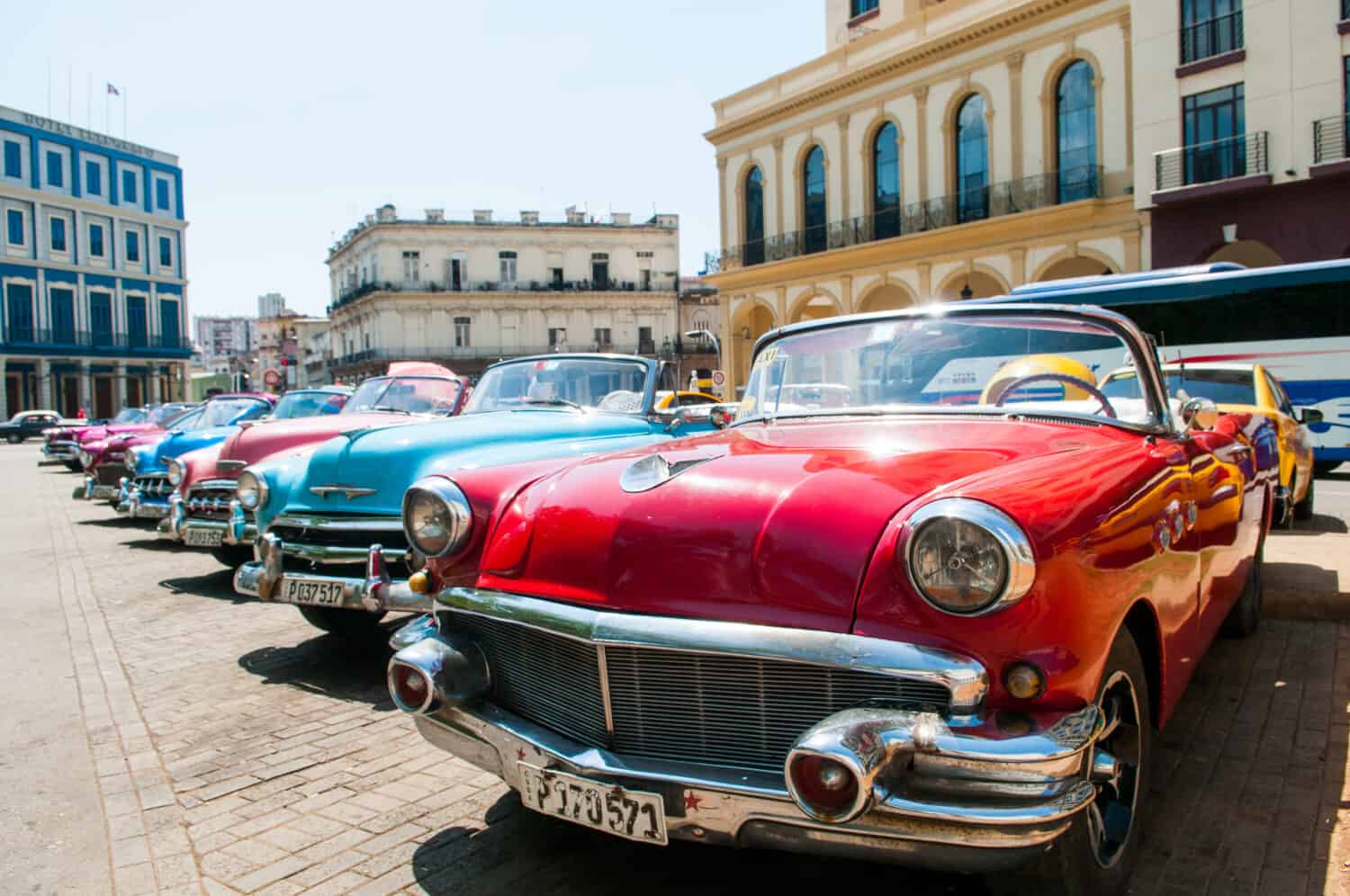
Under American sanctions, Cuba was unable to import cars, so they maintained the classic cars.
©Suzanne Tenuto/Shutterstock.com
The United States aided the Cuban revolution in 1898 and acquired other Spanish territories as spoils of war. The U.S. still maintains a military base at Guantanamo Bay, despite decades of poor relations with Cuba’s socialist government.
7. Dominican Republic (1809-1821)
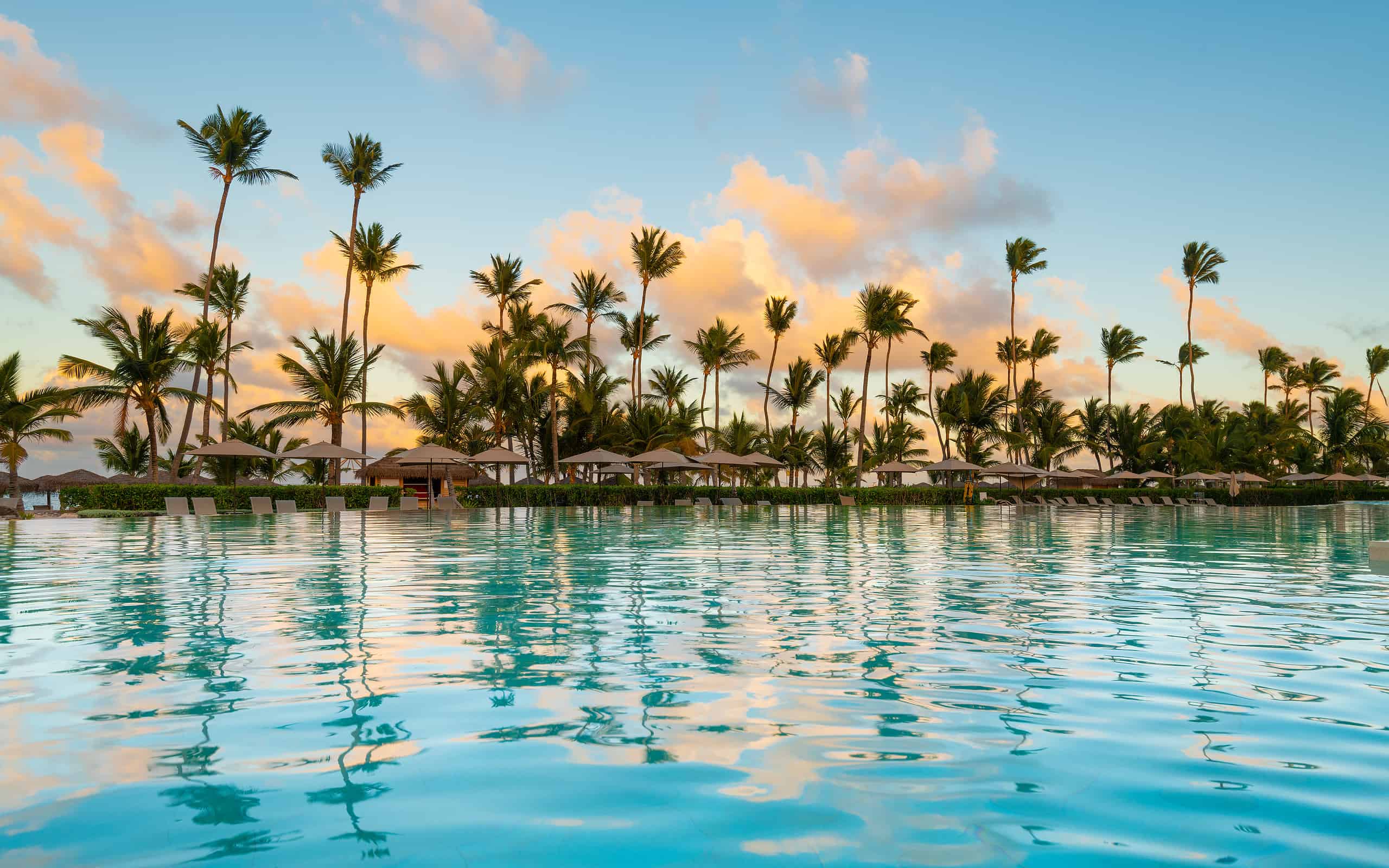
The Dominican Republic shares the island of Hispaniola with Haiti but is more prosperous.
©tifonimages/iStock via Getty Images
Over the years the Dominican Republic switched hands between the French and Spanish empires and was even occupied by the United States in the early 20th century. It has been able to achieve more economic and political stability than neighboring Haiti.
8. Ecuador (1544-1820)
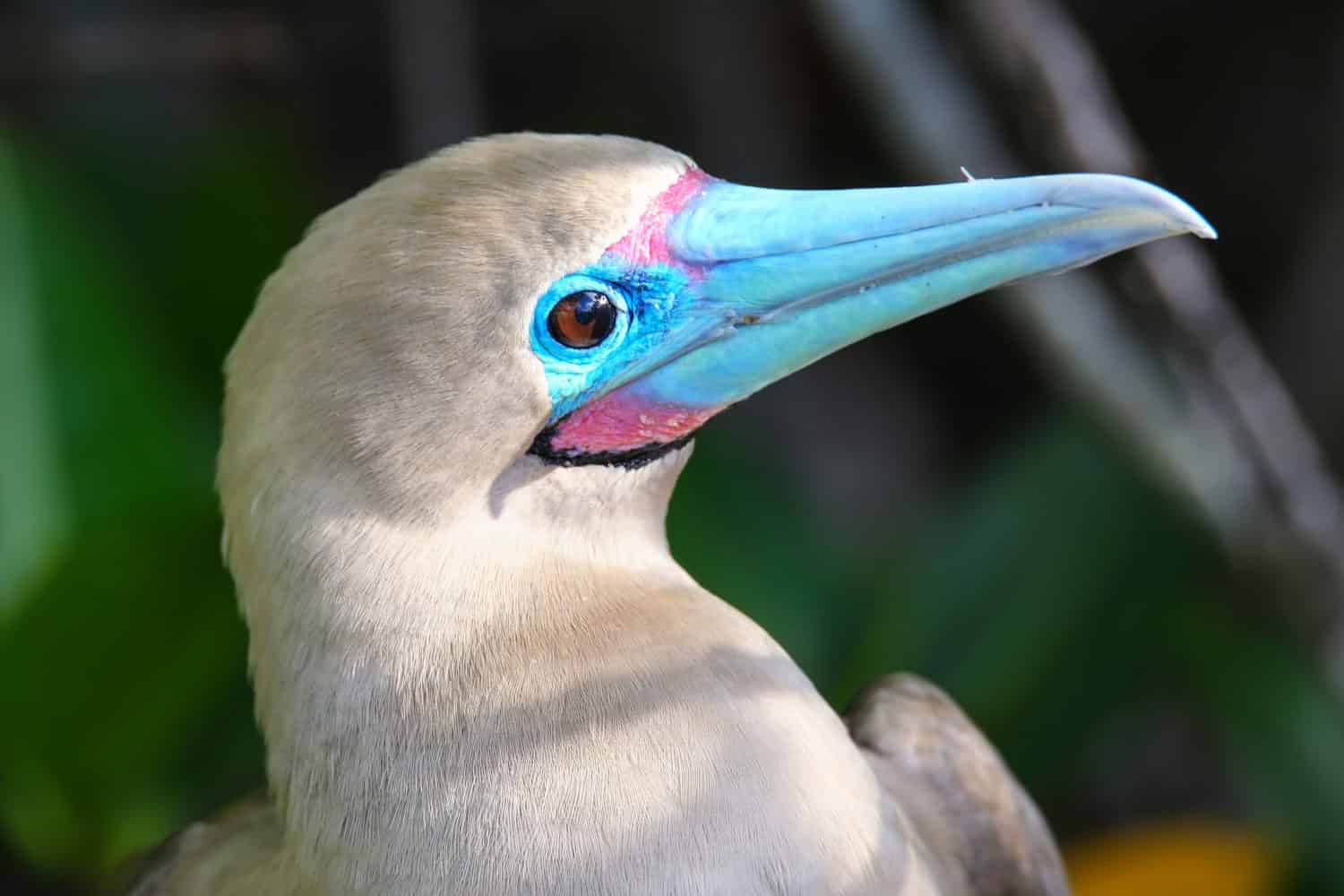
The Galapagos Islands, with their astonishing animals, is the most famous part of Ecuador.
©Don Mammoser/Shutterstock.com
Ecuador is the custodian of the Galapagos Islands. The diversity of specialized wildlife in this isolated archipelago was one of the inspirations for Darwin’s theory of evolution. Ecuador has experienced a lot of economic instability and now it uses the U.S. dollar as its official currency.
9. El Salvador (1525-1824)
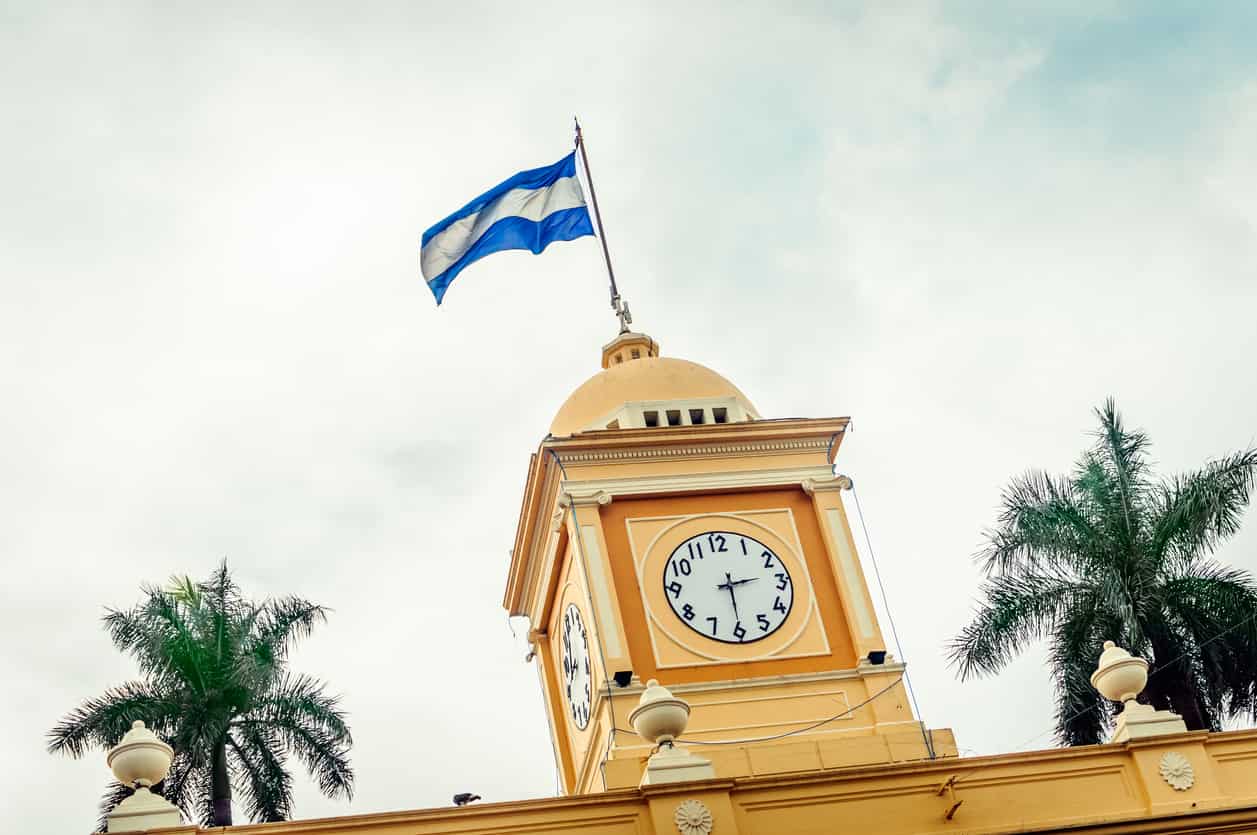
One of the smallest countries in Central America is El Salvador.
©iStock.com/edfuentesg
El Salvador achieved independence as part of the Central American Federation, which also included Costa Rica, Guatemala, Honduras, and Nicaragua. The federation lasted from 1823-1840.
10. Equatorial Guinea (1778-1968)
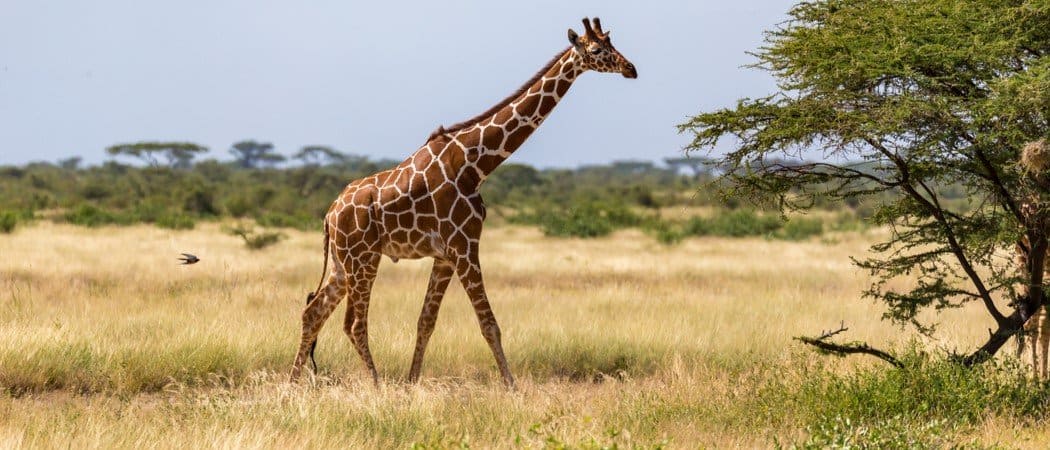
Equatorial Guinea, a small African country, has habitats hosting iconic African wildlife.
©iStock.com/25ehaag6
The Spanish took over the territory that is today Equatorial Guinea from Portugal in 1778. Spain tried to keep control of the area, officially making it a Spanish province. Nonetheless, Equatorial Guinea achieved independence in 1968.
11. Guam (1668-1898)
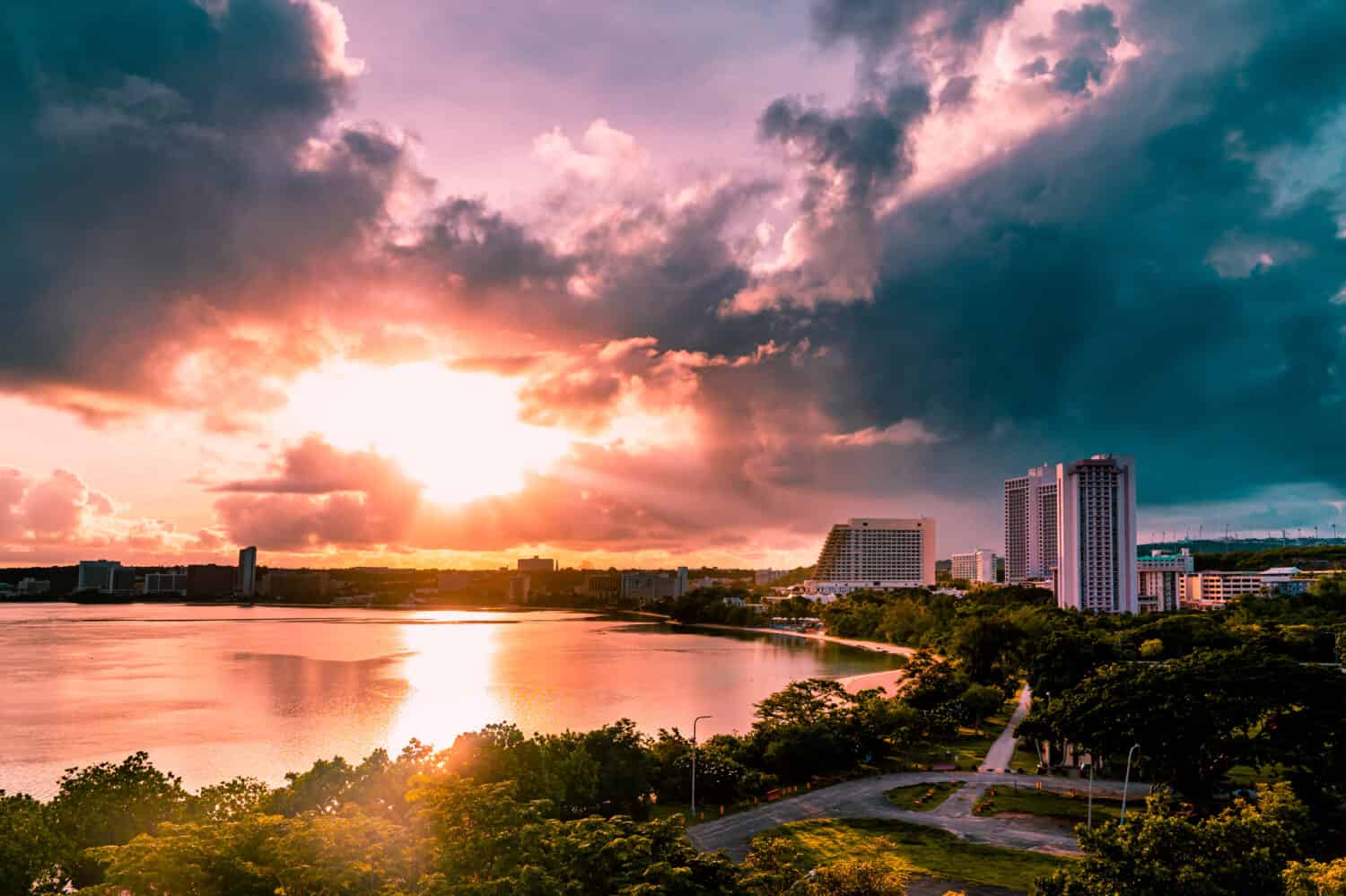
Guam is a strategic territory in the western Pacific.
©ijeongyeun/Shutterstock.com
In 1898 the United States seized Guam from Spain. Today, it is a strategic possession from which the United States projects power in the western Pacific to safeguard its interests against Chinese and North Korean challenges.
12. Guatemala (1524-1821)
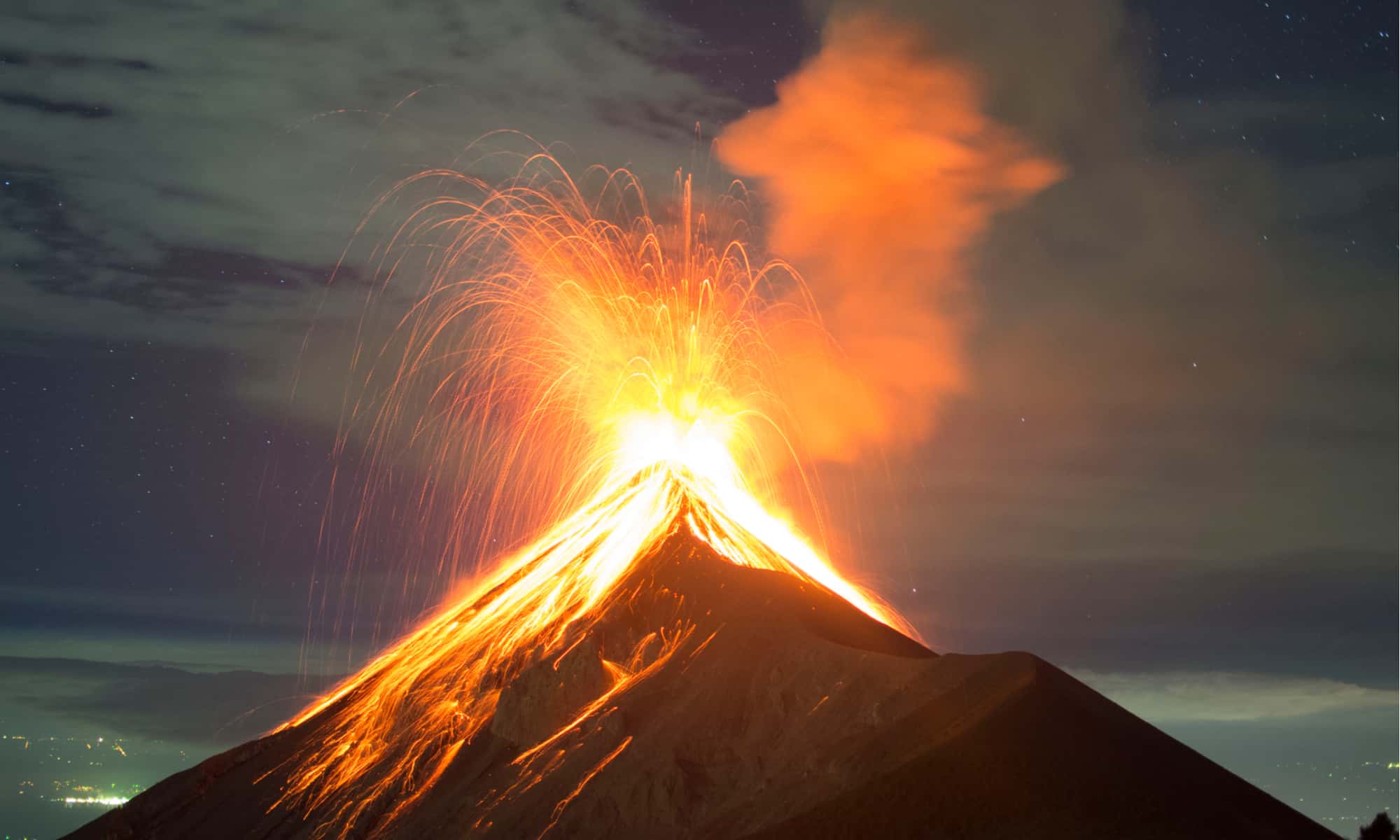
Volcano Fuego in Antigua, Guatemala is still very much active.
©fboudrias/Shutterstock.com
Guatemala is famous for its Mayan ruins. In the rural and forested areas of the country, local people continue a traditional way of life. Guatemala City, the capital, offers modern amenities and attracts expatriates for business and tourism.
13. Haiti (1492-1697)
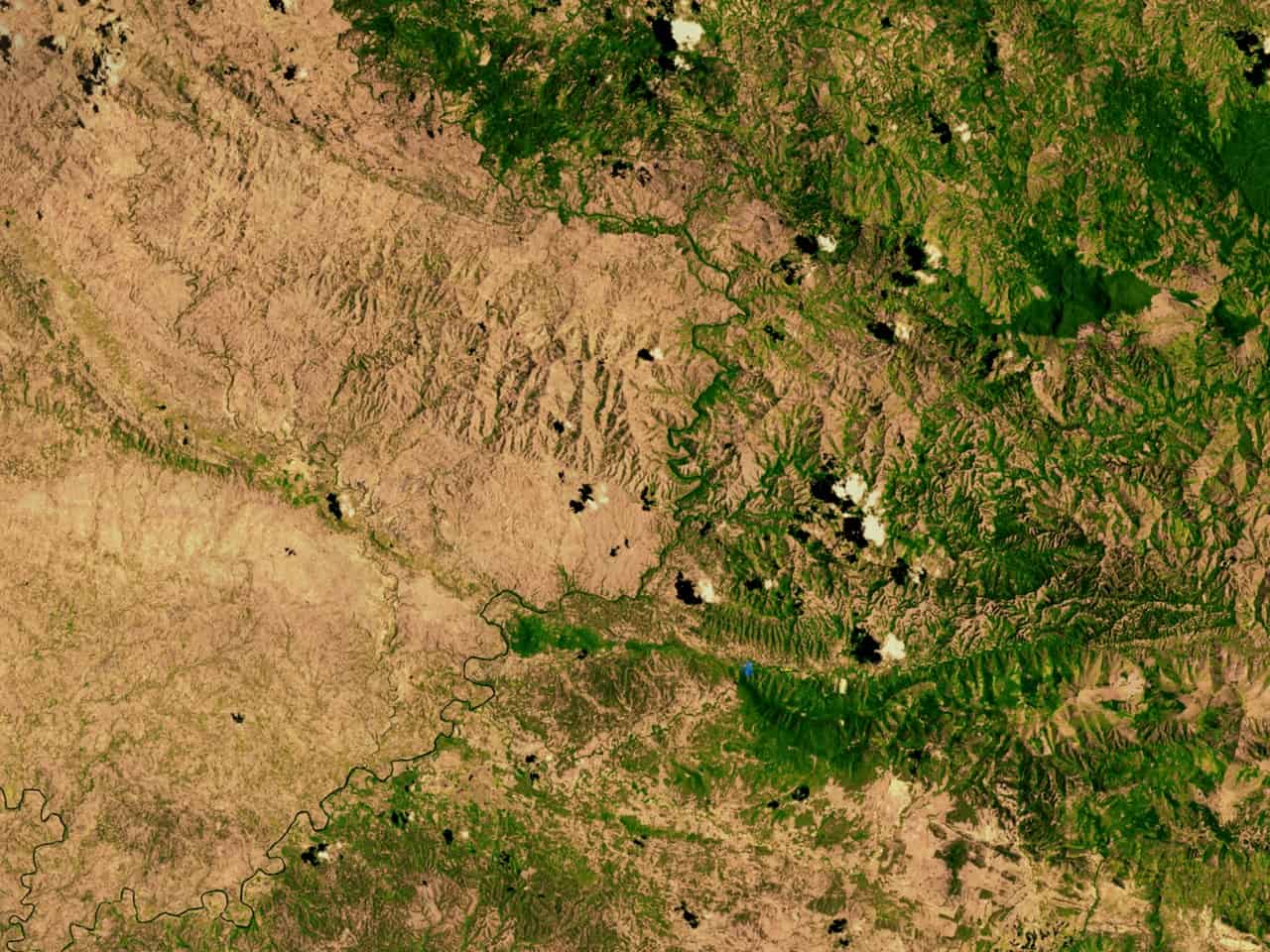
The boundary between Haiti and the Dominican Republic as seen from space is quite telling.
©NASA / Public domain - License
Spain ruled Haiti for about 200 years before ceding it to France. In 1804 Haiti was the second nation in the Americas (after the United States) to achieve its independence. It has struggled with political and economic instability and natural disasters over the years.
14. Honduras (1524-1821)
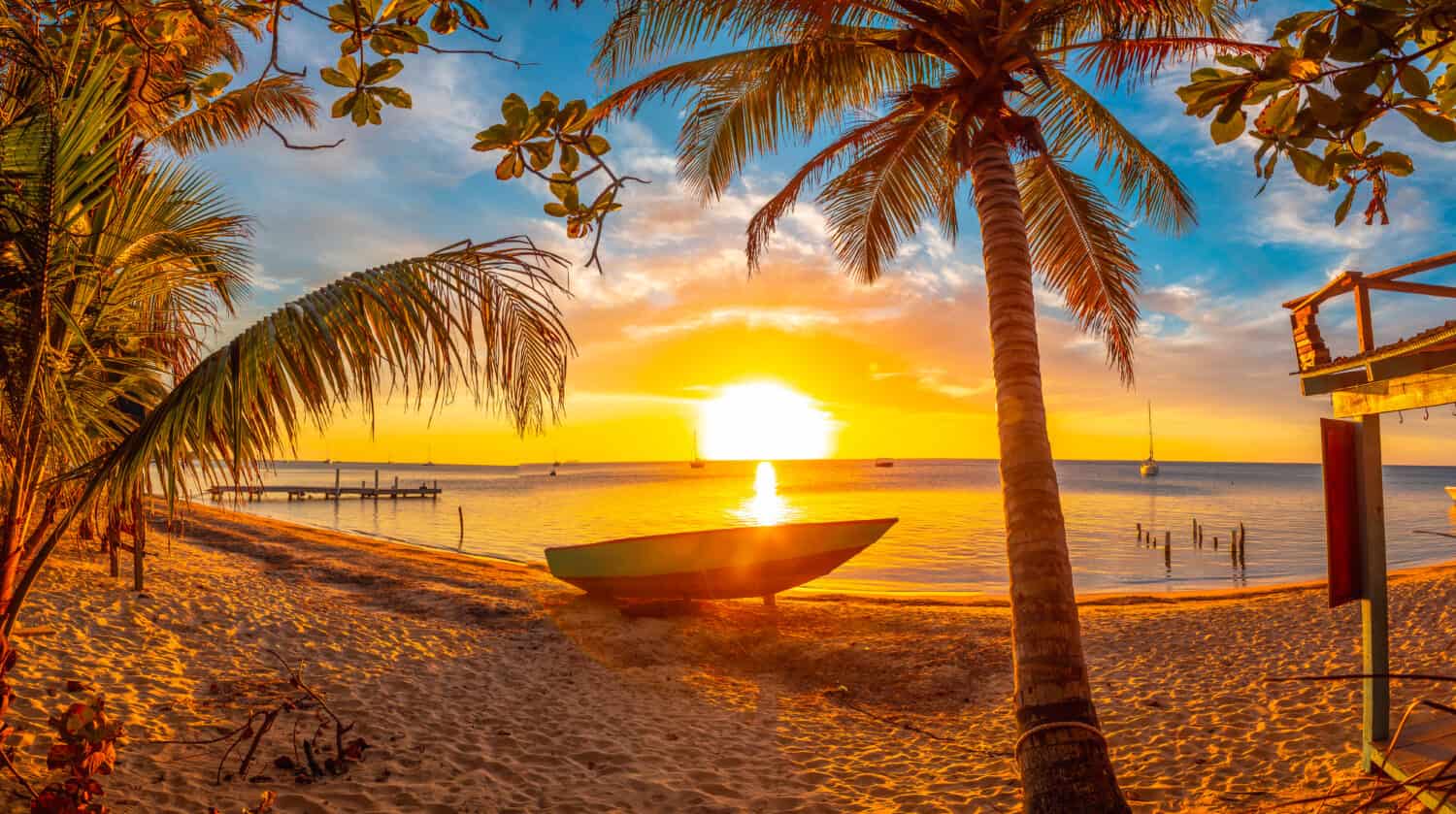
Tourists can catch beautiful sunsets at West End Beach, Roatan Island, Honduras.
©Unai Huizi Photography/Shutterstock.com
Honduras has struggled with economic underdevelopment, natural disasters, and political instability since its independence from Spain in 1821. Two of the mainstays of its economy are tourism and remittances from Hondurans working abroad.
15. Jamaica (1494-1655)
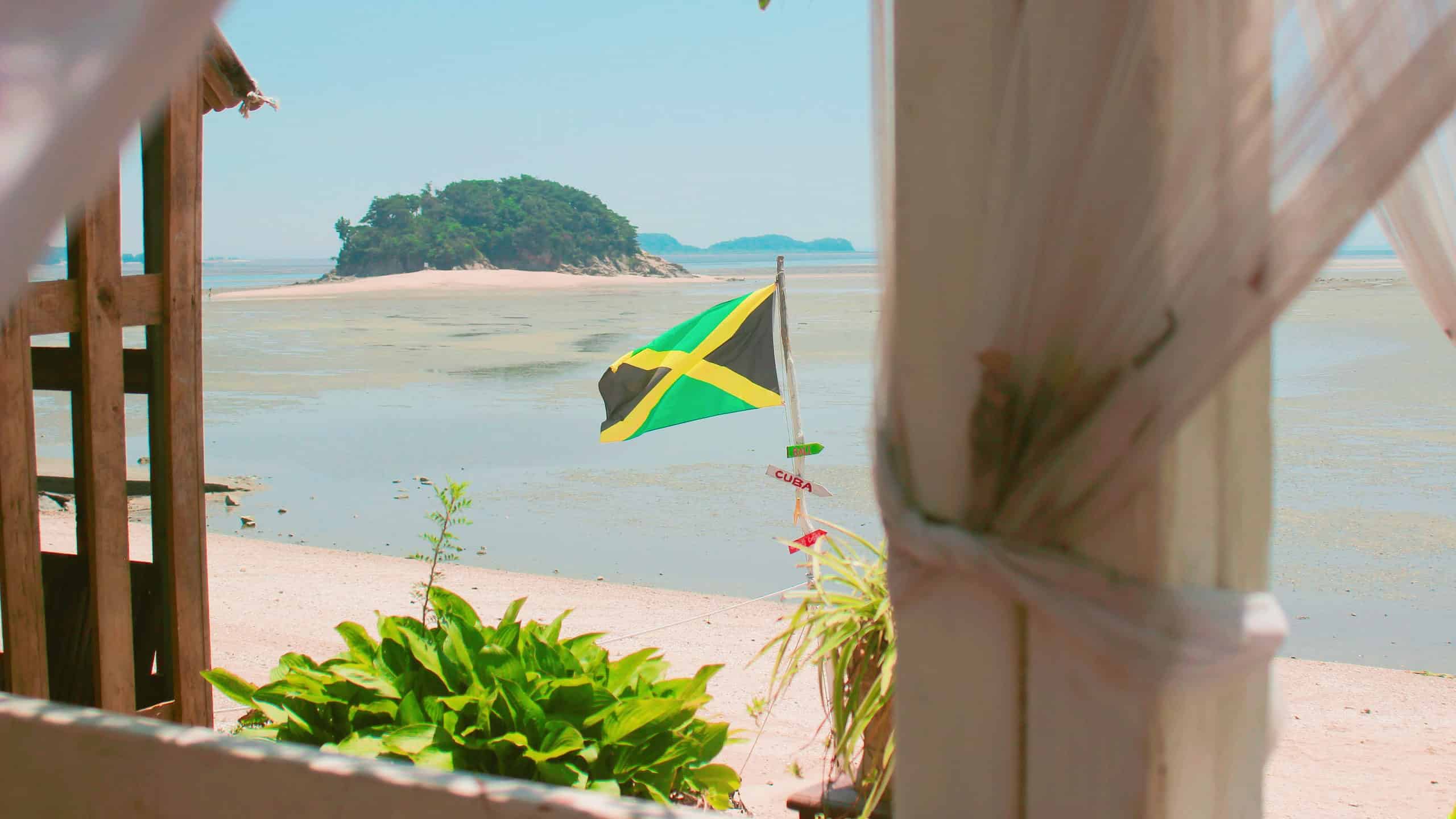
Tourists flock to Jamaica for its pristine beach resorts.
©snooooxxx/Shutterstock.com
Jamaica was a Spanish colony for about 150 years until Britain invaded with 7,000 troops in 1655. At the time, there were only 2,500 Spanish colonists on the island. Spain made several failed attempts to recapture it. Today, Jamaica is a prime tourist destination in the Caribbean.
16. Mexico (1502-1808)

Mexican food is popular all over the world.
©Marcos Castillo/Shutterstock.com
When Napoleon invaded Spain in 1808, many Spanish colonies began to make moves toward independence. Mexico fought for 11 years until independence in 1821. Only 27 years later, it lost the northern 55% of its territory to the United States in the Mexican War.
17. Morocco (1912-1956)
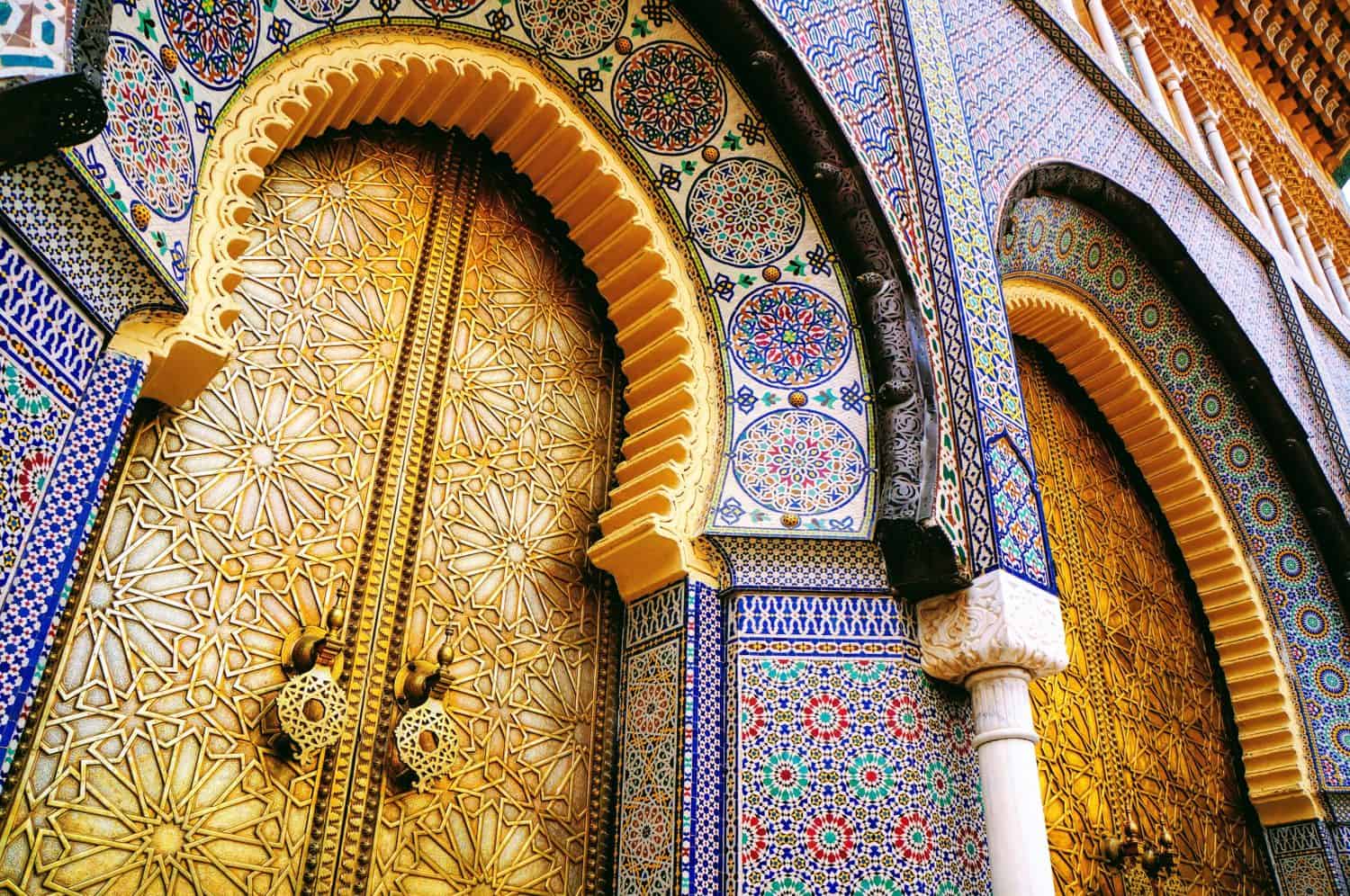
Spain still controls some small territories in Morocco.
©Wizard8492/Shutterstock.com
Although most of Morocco became a French colony, Spain took control of its Mediterranean coast. Most of this territory was returned to Morocco upon its independence in 1956. Spain continues to control five tiny enclaves on the Moroccan coast.
18. Nicaragua (1522-1821)

Lake Managua is a natural treasure of Central America.
©Elena Simona Craciun/Shutterstock.com
Like its neighbors, Nicaragua achieved independence from Spain in 1821. It was a rival to Panama as a site for a canal connecting the Atlantic and Pacific Oceans. The Nicaraguan government recently revived these plans with Chinese investors, but the project is currently dormant.
19. Panama (1538-1821)
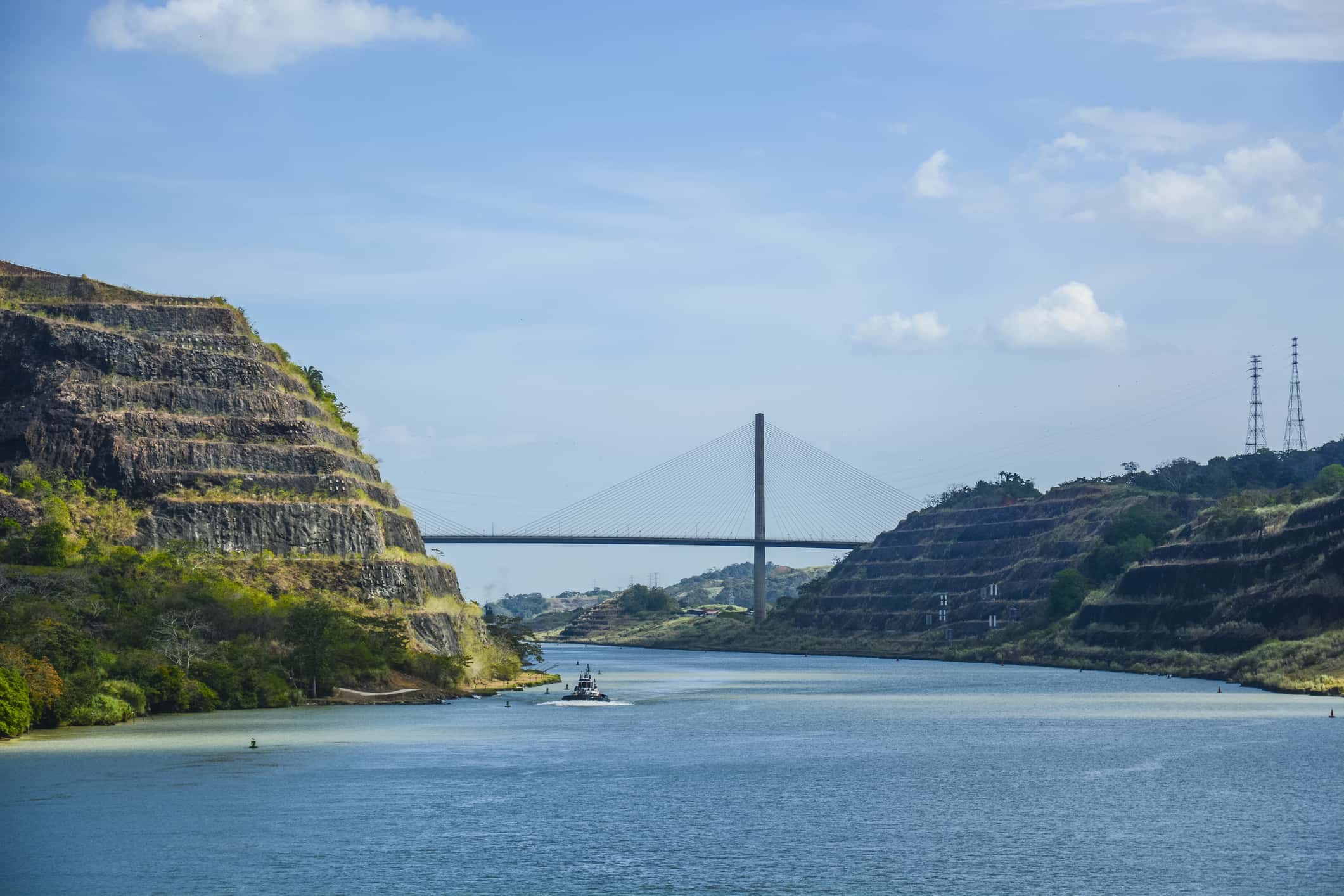
Centennial Bridge over the Panama Canal.
©Lovely_Images/iStock via Getty Images
Panama was originally part of the larger nation of Gran Colombia when Spanish rule ended in 1821. The United States intervened and helped it win independence to get more favorable terms for building the Panama Canal, which was completed in 1904.
20. Paraguay (1542-1811)
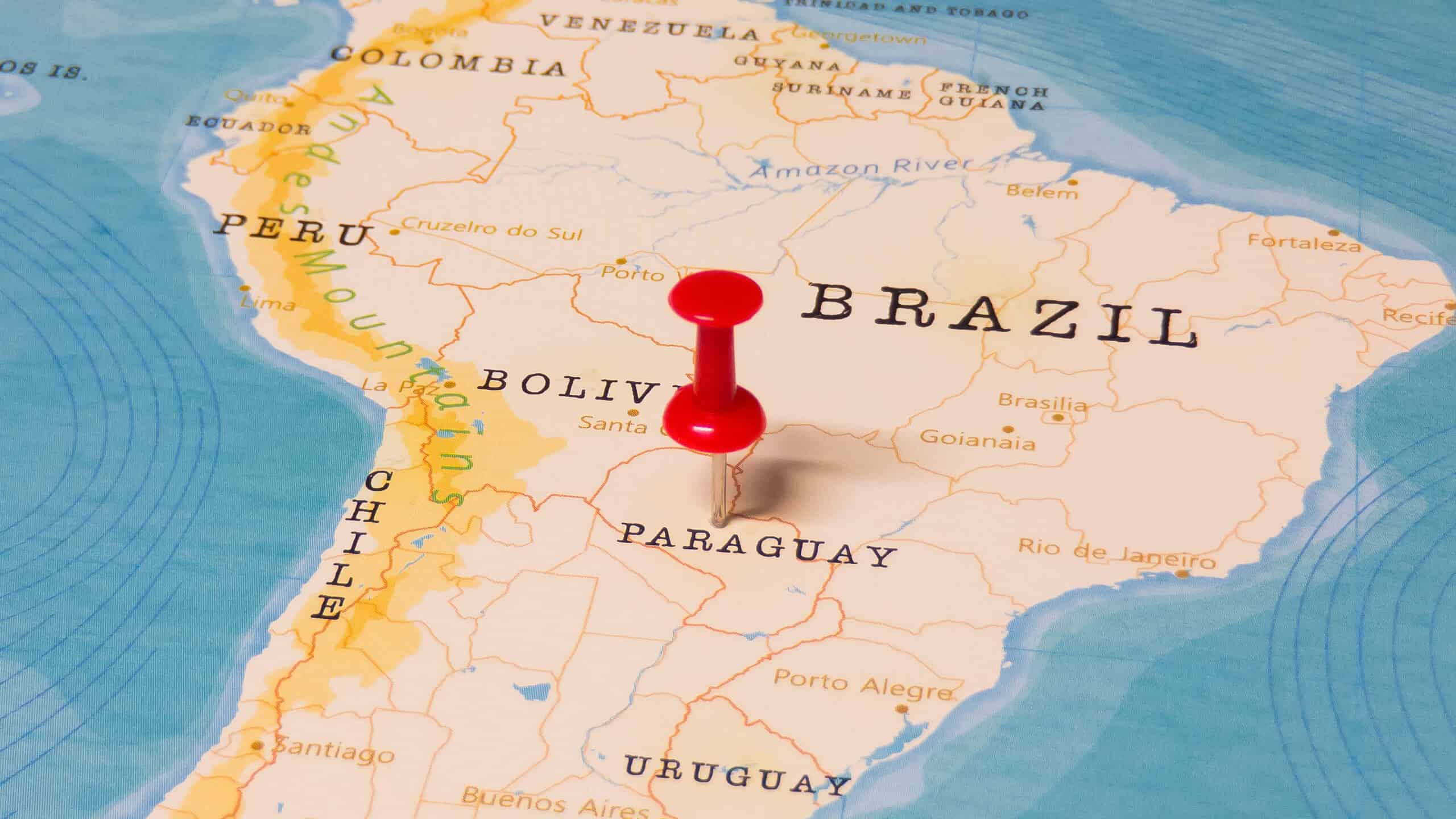
Paraguay is a landlocked country wedged between larger and stronger neighbors.
©hyotographics/Shutterstock.com
When Brazil annexed Uruguay in 1864, Paraguay joined the war against Brazil. This was a disastrous mistake. The small country lost the war and lost territory to Brazil, Argentina, and Bolivia. Today, regional rivalries are focused more on economic rather than military competition.
21. Peru (1534-1821)

Alpacas are a key part of the livelihood and culture of traditional Peruvian people.
©Marco Alhelm/Shutterstock.com
Before Spanish colonization, Peru was part of the Inca Empire, arguably the largest and most advanced indigenous civilization of the Americas. In Peru and neighboring countries, about 12 million descendants still speak Quechua, the Inca language.
22. Philippines (1521-1898)
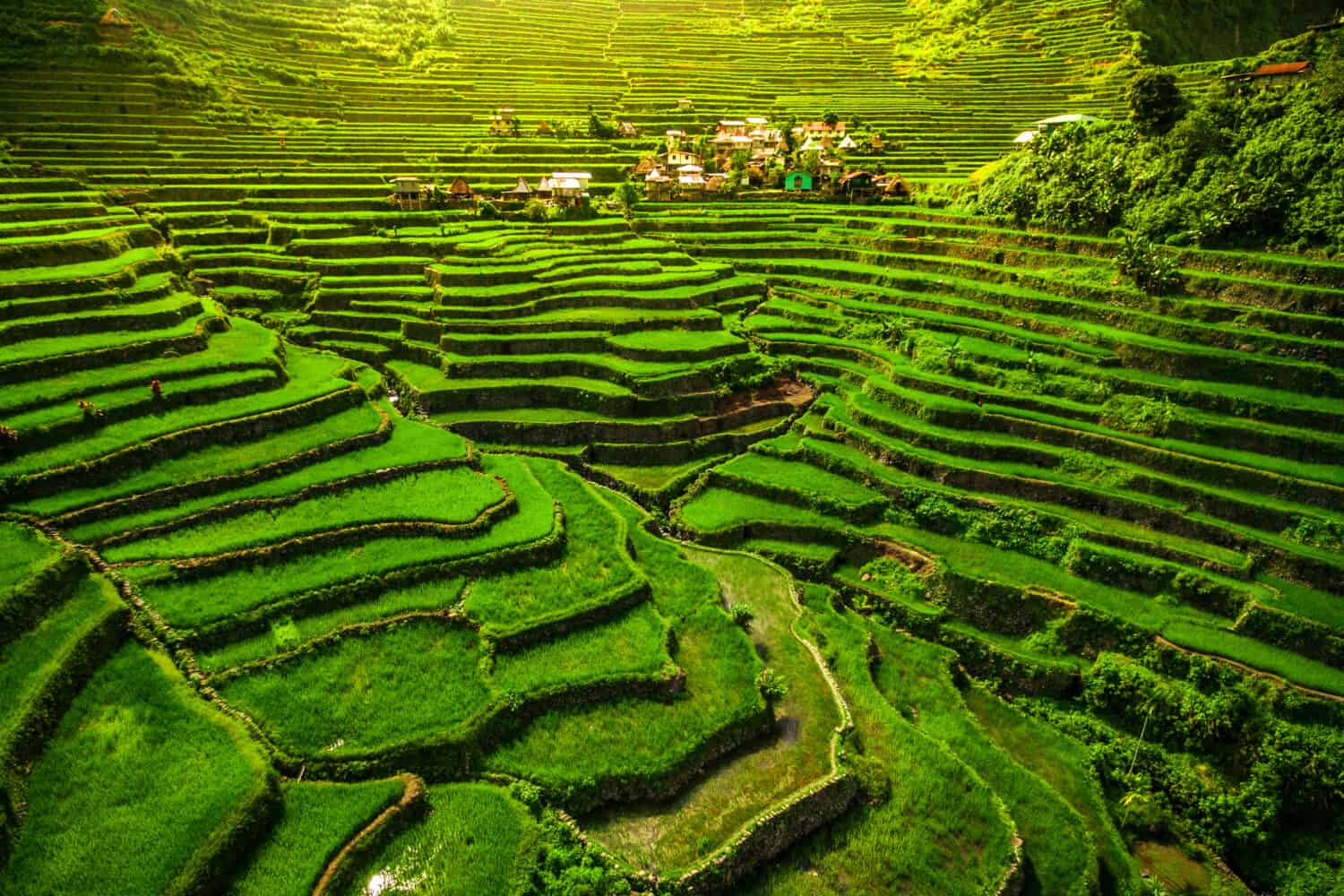
Farming rice in terraces is a traditional agricultural practice in the Philippines.
©R.M. Nunes/Shutterstock.com
Ferdinand Magellan first claimed the Philippines for Spain in 1521. It was the jewel of the Spanish empire in the Pacific until the United States seized it at the end of the Spanish-American war in 1898. The islands became independent in 1946.
23. Puerto Rico (1493-1898)
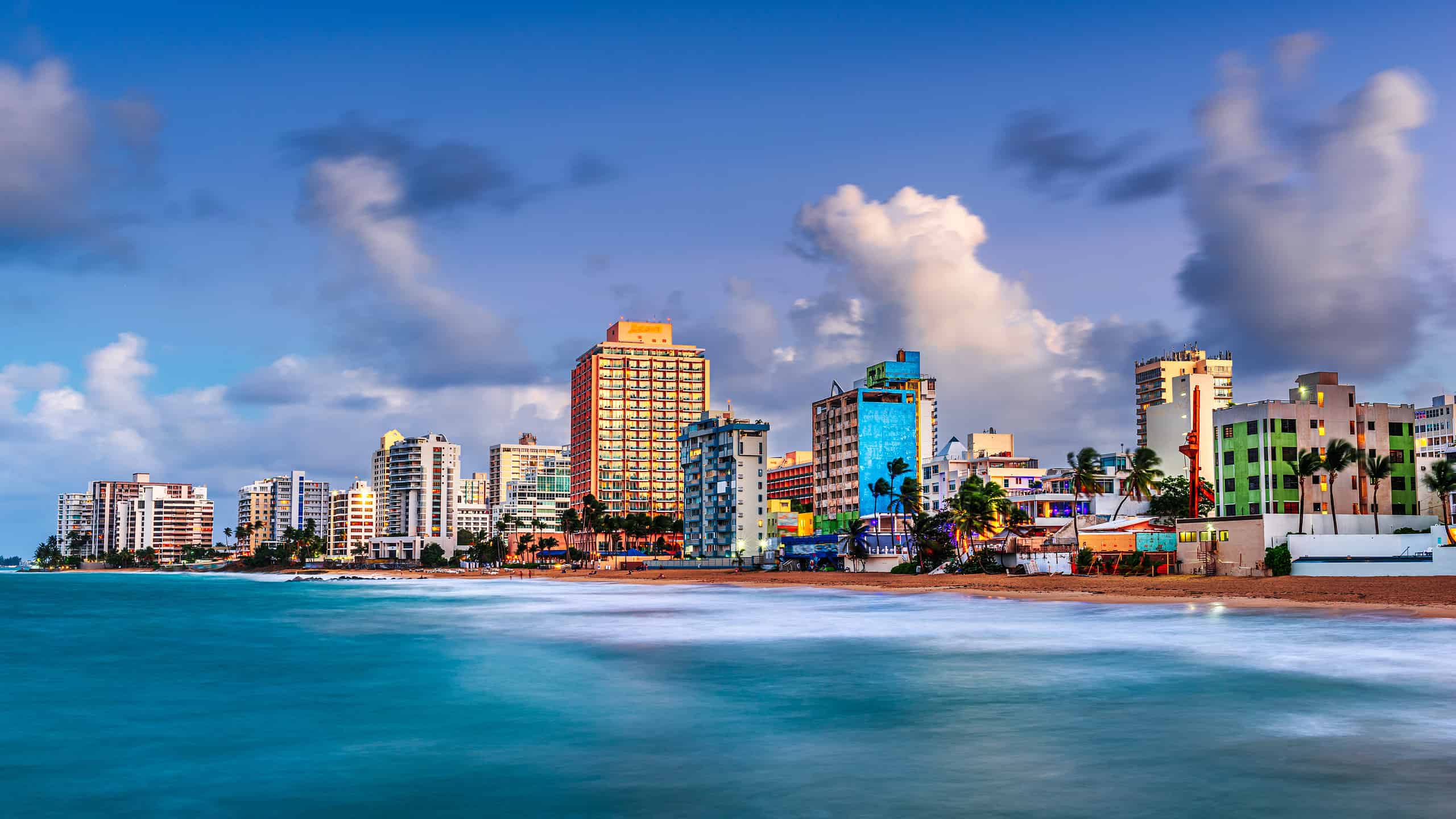
Condado Beach in San Juan, Puerto Rico is an idyllic vacation spot.
©iStock.com/Sean Pavone
Spanish influence in Puerto Rico started when Columbus claimed it in 1493. Some 400 years later, the United States took possession of it. It is the most likely territory to become the 51st American state. In the last referendum, 52% of Puerto Ricans supported statehood.
24. Trinidad and Tobago (1592-1797)
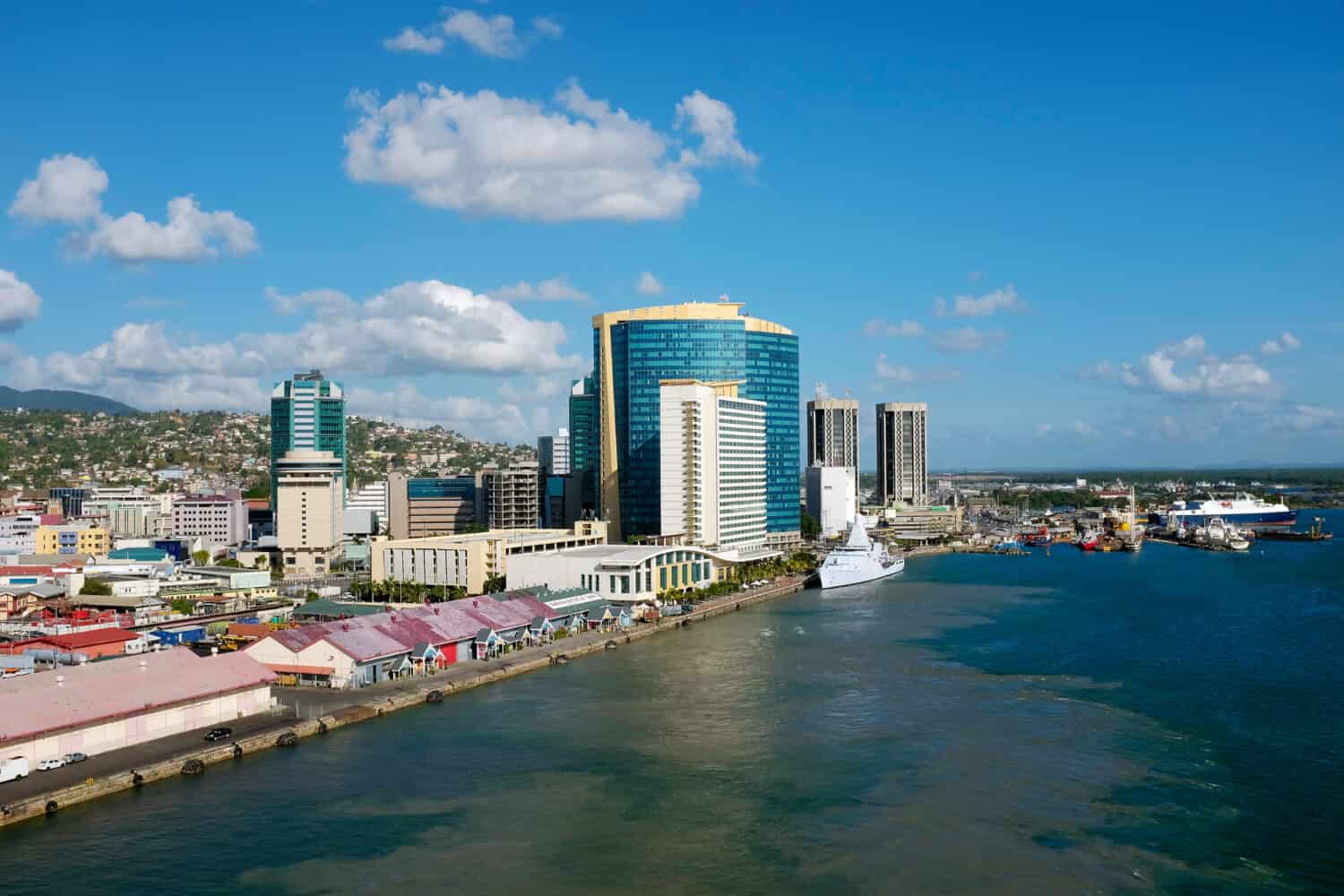
King’s Wharf is in the city of Port of Spain, Trinidad.
©621/Shutterstock.com
Spain ruled Trinidad and Tobago for 200 years until the British took over the islands. Located just off the coast of Venezuela, they are popular tourist destinations today. The culture is a unique fusion of Spanish, British, African, and Native American cultures.
25. United States (1493-1898)
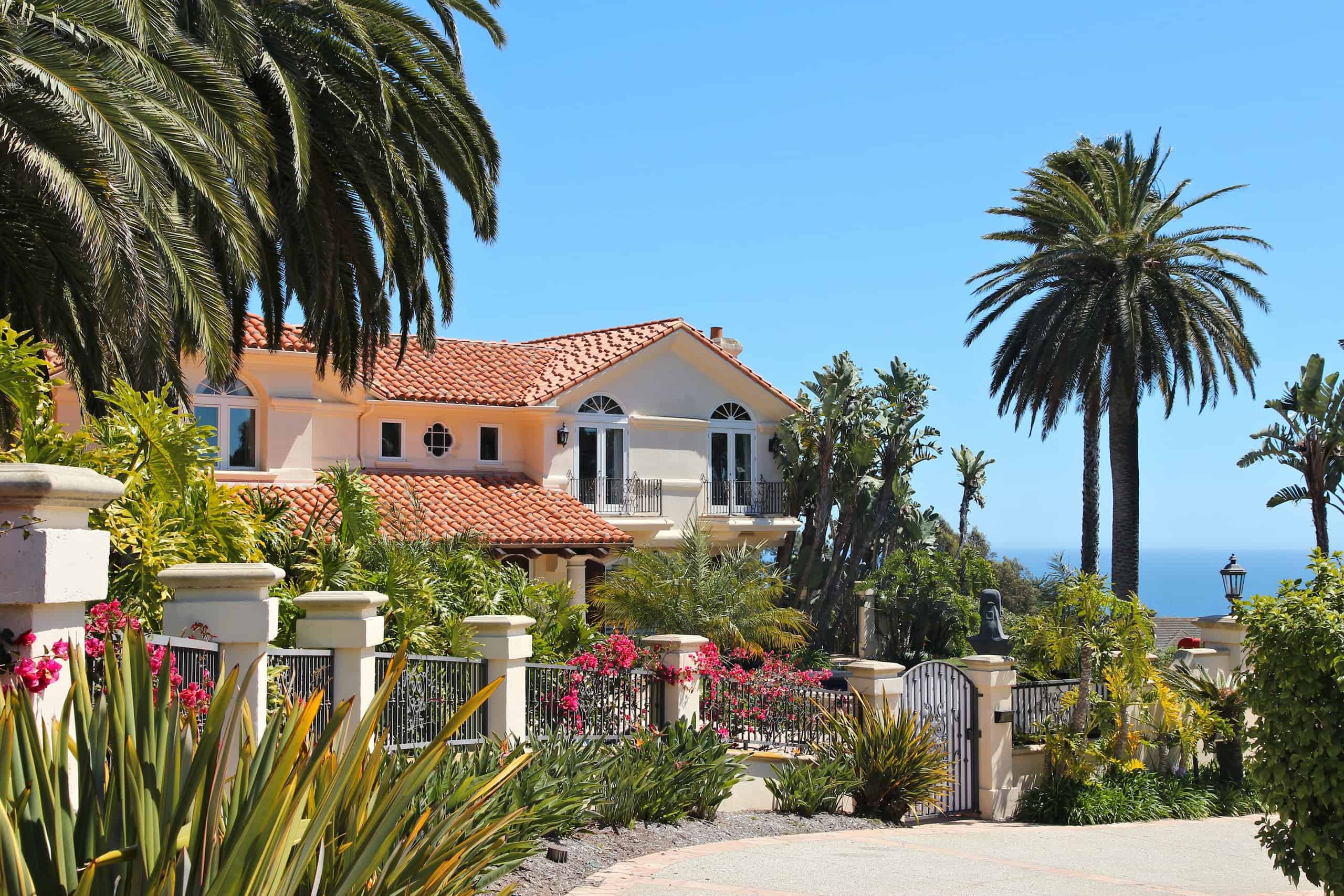
Spanish influence is evident in the architecture of the American Southwest.
©iStock.com/tupungato
Much of the United States was formerly under Spanish rule, starting when Columbus claimed Puerto Rico for Spain in 1493. At one time or another, Spain administered most of the continental United States west of the Mississippi, as well as Florida and the whole Gulf Coast and the territories of Puerto Rico and Guam. Its first settlement in the 50 states was St. Augustine, Florida, founded in 1565. To various degrees, Spanish influence is evident in the architecture, place names, foods, and population of the territories it lost to the United States.
26. Uruguay (1726-1811)
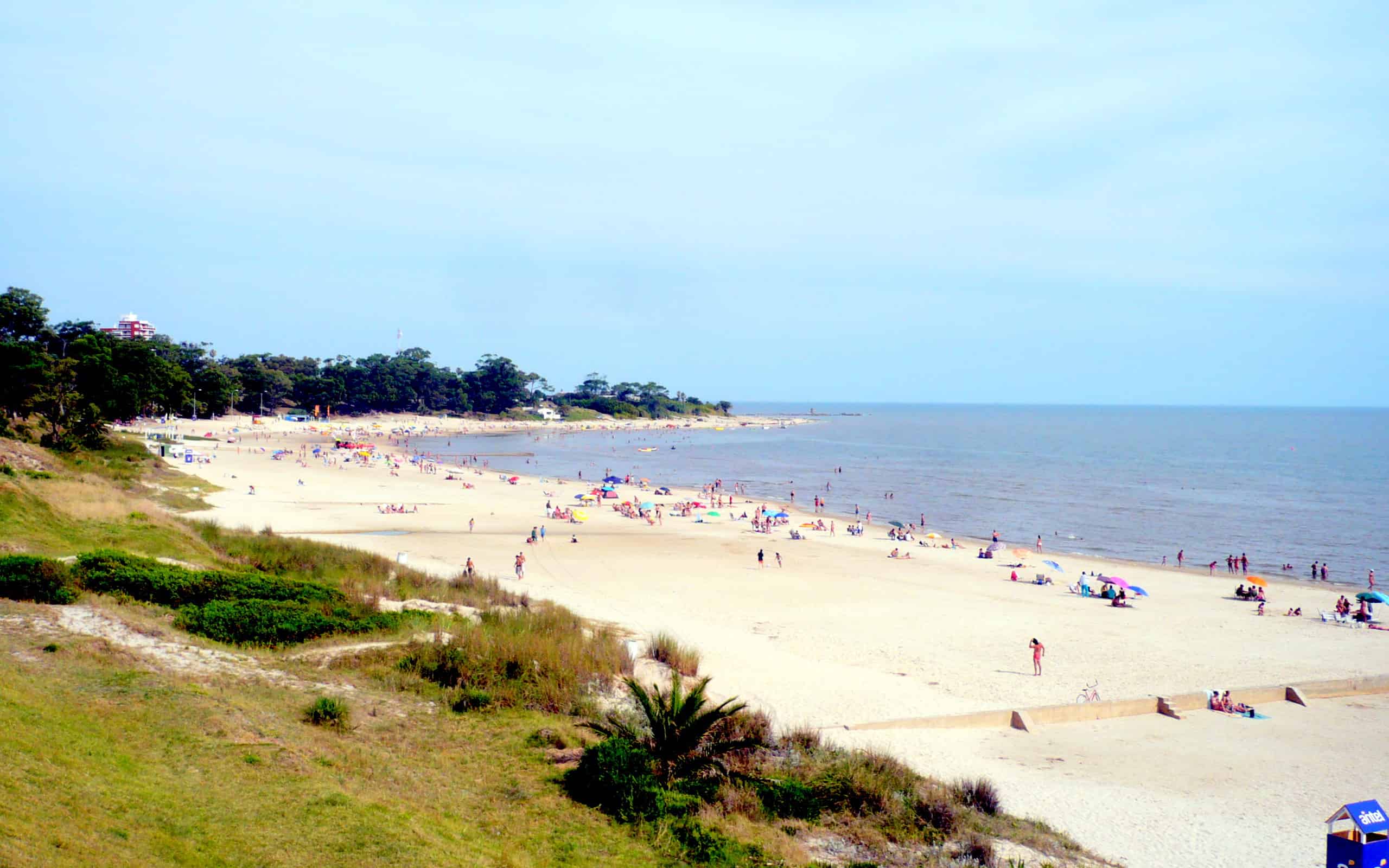
A beach in Atlántida, Uruguay attracts tourists to the south Atlantic coast.
©Andrés Franchi Ugart / CC BY-SA 3.0 - License
Spain ruled Uruguay until it revolted in 1811. Brazil annexed it in 1821, but it achieved independence in 1828. Today, two million of the country’s 3.4 million people live in Montevideo, the capital. In 2022 the country had the highest gross national income per capita on the continent.
27. Venezuela (1522-1811)

Urban residential buildings climb the hills around Caracas, the Venezuelan capital.
©iStock.com/GummyBone
Venezuela was one of the first South American countries to declare independence. It was once one of the most prosperous countries in Latin America due to its vast oil reserves. In recent years, economic and political mismanagement has caused millions of its citizens to flee to other countries.
28. Western Sahara (1884-1976)

Western Sahara’s largest city is Laayoune.
©iStock.com/benkrut
Spain’s former colony of Western Sahara (formerly Spanish Sahara) never fully established itself as an independent country. Today, most of it is occupied by Morocco, a claim that has not been recognized by the international community.
The photo featured at the top of this post is © photointruder/Shutterstock.com
Thank you for reading! Have some feedback for us? Contact the AZ Animals editorial team.







